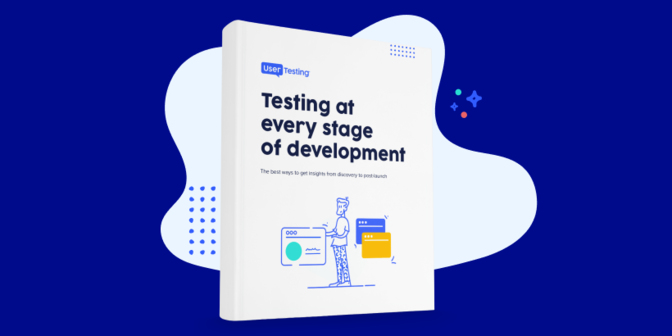
Guide
Testing at every stage of development
Get crucial feedback on your product before you launch
While there’s always risk in new endeavors, you can minimize re-work and reduce your costs by understanding user expectations at every step of your development process. With customer feedback, identify and remedy small problems before they become critical issues.
As a developer or product manager, you're probably working on tight deadlines with limited resources. Make sure that what you're working on has the impact you want by testing early and often with customers and end-users.
With this free resource, get a better understanding of how developers in high-performing organizations validate their products with their customers and end-users in multiple stages, including:
- Early-stage discovery
- Prototyping
- Development and pre-launch
- Post-launch
Access use cases from developers at brands like Adobe, Autotrader, and Code for America.
Get your guide
